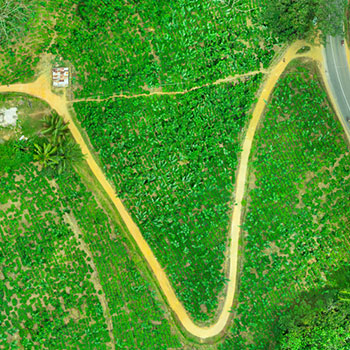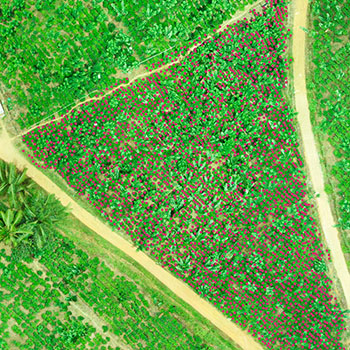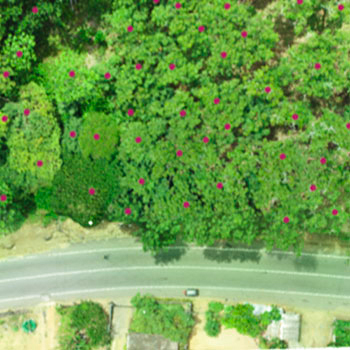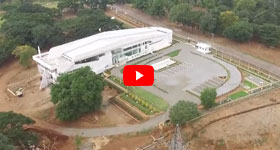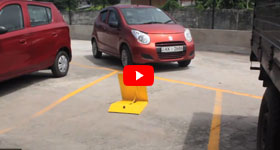Aerial Surveying
Aerial surveying is the process of using drones, aircraft, or satellites to capture high-quality aerial imagery and data of an area. This data is then used to create detailed maps and models of the area, which can be used for a range of purposes.
Aerial surveying is becoming increasingly popular in a variety of industries, including construction, agriculture, mining, and environmental monitoring. With the help of drones or other aerial platforms equipped with high-resolution cameras and sensors, aerial surveying can provide accurate, up-to-date information that is essential for decision-making.
In construction, aerial surveying can be used to create 3D models of building sites, which can help architects and engineers visualize the site and plan construction more efficiently. Aerial surveying can also be used to monitor the progress of construction and identify potential issues before they become major problems.
In agriculture, aerial surveying can be used to analyze crop health and detect issues such as nutrient deficiencies or pest infestations. This information can then be used to make informed decisions about crop management, leading to higher yields and increased efficiency.
In mining, aerial surveying can be used to monitor and analyze the mine site, providing important information on topography, slope stability, and environmental impacts. This information can then be used to make decisions about mine planning and operations, leading to increased safety and efficiency.
Aerial surveying is a powerful tool that provides accurate and up-to-date information that can be used for a range of purposes. With the help of drones, aircraft, or satellites, businesses and organizations can gain valuable insights into their operations, leading to increased efficiency, safety, and profitability.

